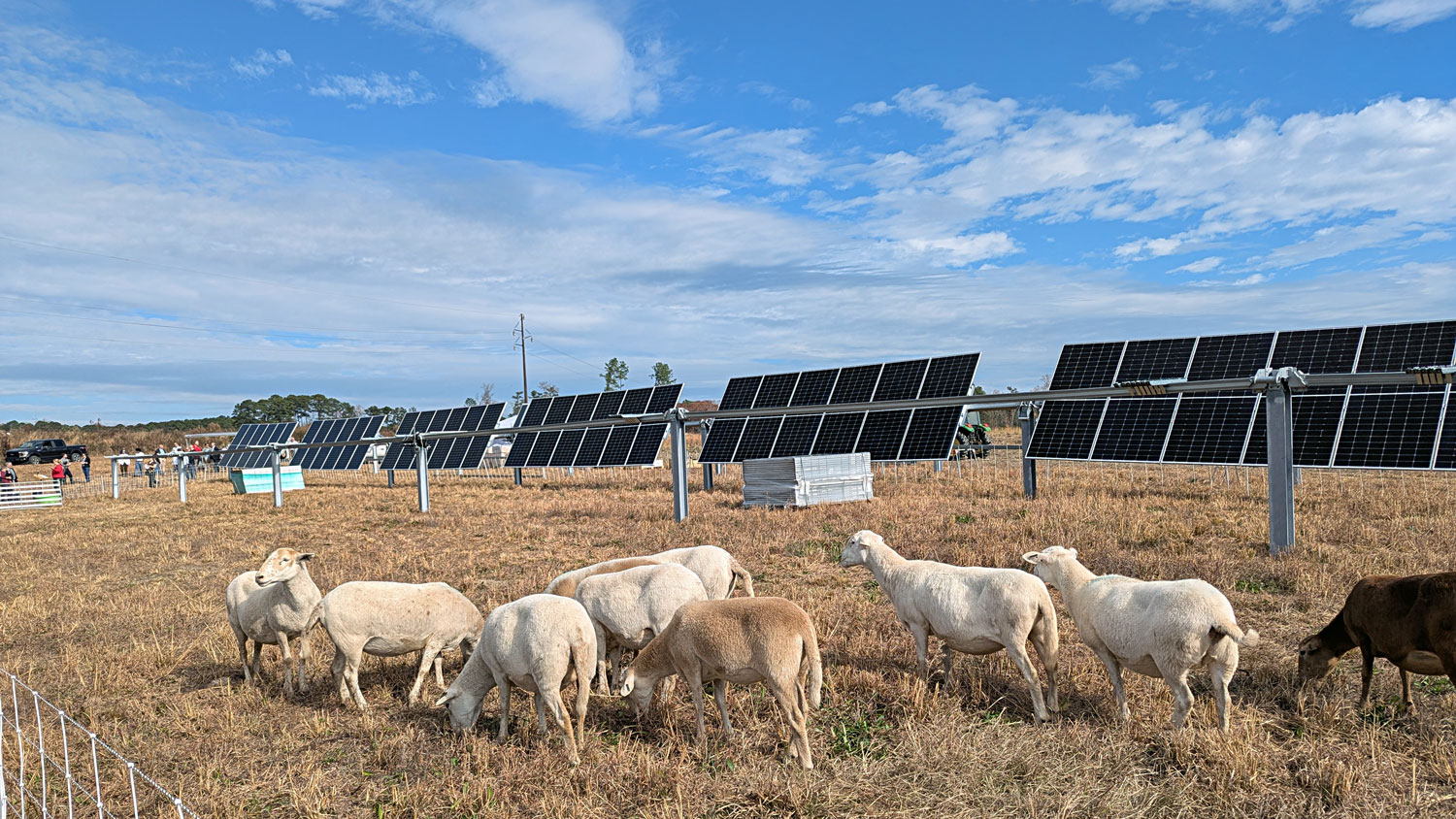By Mike Walden
With the presidential campaigns in full force, one question people are asking is if a president can control the economy. In fact, I’ve had this question put to me by both the media and attendees at meetings.
In the type of economy we have — a market economy — a high majority of day-to-day economic decisions are made by business people in companies and by individuals in households. This is by design. Promoters of the market system argue individualized decision-making about the economy maximizes freedom.
Yet even in the market system, the government has some influence. For example, local governments like cities and counties apply zoning regulations to control land uses. In North Carolina, the state government funds roads and also a large portion of both K-12 and public university spending. Also, both local and state governments contribute to public safety by financing law enforcement and the court system.
When it comes to the economy, the federal government is the big player, and this is where a president can have influence, but not control. This wasn’t always the case. Until the 1930s when the Great Depression occurred, the federal government largely followed a “hands off” approach to the economy. An exception was the use of tariffs on foreign imports. Tariffs are effectively a tax on foreign-made products sold in the U.S. They were used to motivate consumers to buy domestic-made instead of foreign-made products.
Then came the 1930s, probably the worst economic decade in our history. The federal government responded by taking an active role in the direction of the economy by developing fiscal policy. Fiscal policy involves using federal taxing and spending to influence how fast the economy grows. If the economy is not growing enough, and especially if it is contracting — as in a recession or depression — then fiscal policy means the federal government will cut taxes and/or increase spending to stimulate growth. Of course, this can mean more borrowing. Conversely, if the economy is expanding too fast and prices are rising rapidly, the federal government attempts to cool the economy and slow price increases by raising taxes and/or reducing spending.
After World War II when there was fear the economy would slip back into a depression, Congress encouraged the country’s central bank, the Federal Reserve or Fed, to use its influence over interest rates and the supply of money to impact the direction of the economy. This is called monetary policy. To boost economic growth, the Fed will lower interest rates and increase the money supply. When the objective is to slow the economy and lower the inflation rate, the Fed raises interest rates and cuts the money supply.
With this background, I can now address the question about a president’s power over the economy. A president has influence over both fiscal policy and monetary policy, but the influence is indirect. Fiscal policy is implemented through the federal budget. While a president can make recommendations about the budget, ultimately both chambers of Congress must pass the budget. This often results in long negotiations between a president and both chambers and all political parties in Congress.
For monetary policy and the Federal Reserve, a president does have the power to appoint the members of the governing body of the Fed (with the consent of the Senate), called the Board of Governors. A president also has the power to appoint one of those board members as the chair.
While this may imply the president has major control over the Fed, this actually isn’t the case. The reason is the term of the board members is long, at 14 years. This is longer than two full terms of a president. Additionally, while the chair serves a four-year term, that term does not necessarily match the presidential term. Also, although the chair is the “face” of the Fed, the chair only has one vote on the Board of Governors, just like the other board members.
It is thought the framers of the Fed over a century ago purposefully made presidential influence over the Fed difficult in order to insulate monetary policy from political influence. The Fed is also independent from Congress, due to the fact that Congress does not fund the Fed. Instead, the Fed is self-financed from interest earnings on securities it owns. However, Congress does have the power to change the Fed’s charter. The changes would have to be approved by the sitting president, or Congress would have to overrule a president’s veto of the changes.
The conclusion is a president’s powers over the economy are limited, especially with the two major tools of fiscal policy and monetary policy. However, there is another source of presidential influence that shouldn’t be overlooked. This is a president’s use of the “bully pulpit,” a term coined by Theodore Roosevelt to mean a president advocating policies using speeches and interviews. The goal is to generate public support for policies and public pressure on Congress to agree with a president’s ideas and recommendations.
A president doesn’t guide the economy like an executive or manager guides a company. A president has influence over the economy, but the influence is indirect through working with Congress, making appointments to the Federal Reserve and rallying support from the public. So while the economic ideas of a president are certainly important, the reality is that it takes more than that one person — even a very powerful person — to move the economy. There are many, many hands on the oar of the economic ship. Is this the way it should be? You decide.
Mike Walden is a Reynolds Distinguished Professor Emeritus at North Carolina State University.
- Categories:



